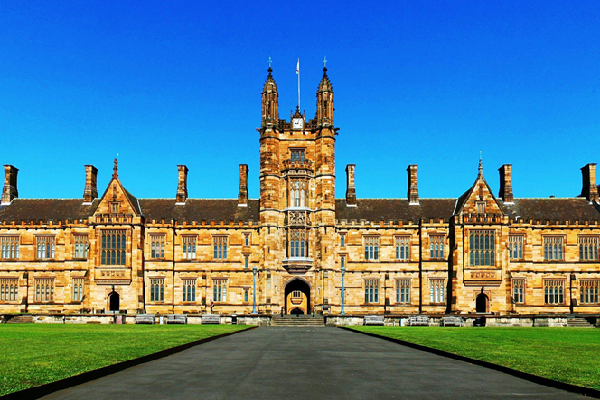University of Sydney: That lone, craggy gum tree on a farm? It’s a lifeline for koalas
Scattered, isolated farm trees may be postcard-perfect, but they also serve a crucial function: feeding and protecting koalas.
Declared endangered in February this year, the iconic marsupial, native to eastern Australia, relies on Eucalyptus leaves for food. On farms, due to fertile soil, Eucalyptus trees tend to be more nitrogen-rich and have fewer toxins and are therefore more nutritious for and appealing to koalas.
Despite the potential to become exhausted or be attacked by predators such as dogs, koalas will travel more frequently from patches of bushland on farms to reach isolated nitrogen-rich trees, new University of Sydney research has found. They also spend much more time in these nitrogen-rich trees, and in larger trees, for shelter.
Land clearing resulting in fragmented habitats is the largest contributor to koala population decline. Loss of valuable farm trees will further fragment koala habitats
Associate Professor Mathew Crowther
Lead author, Associate Professor Mathew Crowther from the University’s School of Life and Environmental Sciences says farmers should try to preserve these trees at all costs.
“Land clearing resulting in fragmented habitats is the largest contributor to koala population decline – followed by climate change and disease,” he said.
When their habitat becomes fragmented, koalas are more likely to move through developed areas where they have to cross roads. Less tree cover makes them vulnerable to dog attacks and being hit by cars and hurt by livestock.
“Loss of valuable farm trees will further fragment koala habitats,” Associate Professor Crowther said.
A 2022 NSW government report, reviewed by Associate Professor Crowther, found that since 2015, land clearing in that state has increased roughly threefold to 35,000 hectares per year – equivalent to the same number of football fields.
“The latest NSW biodiversity protection legislation and policy represents a backwards step for koalas,” he said.
Save the trees
The nitrogen-rich trees are all Eucalyptus species, including the Poplar Box; White Box; River Red Gum; Yellow Box; Tumbledown Red Gum; Fuzzy Box; and Black Box. The farmers in the area studied – the Liverpool Plains in NSW – care about the local koalas and can generally identify these trees, Associate Professor Crowther said.
“To protect koalas, farmers should preserve these trees, particularly the older ones which are larger and supply shelter from the shade during the day,” he said.
“Farmers can also help koalas by keeping cattle out of tree regrowth areas and planting more trees on their properties.”
About the study
The researchers GPS- tracked 23 koalas within an agricultural landscape on the Liverpool Plains near Gunnedah, northwest NSW, to determine why they would return to the same trees or groups of trees.
They collected data on the number of times the koalas revisited trees, how long they spent in the trees, and how long it took them to return to a specific tree.
They also measured tree characteristics including food quality (nitrogen and toxin levels in leaves), tree size, and tree connectedness.
Lastly, they modelled the costs of koalas moving between trees, accounting for exhaustion and predation.
They found koalas spent more time in trees with high leaf nitrogen, as well as in large trees, which they used for shelter. Their results are published in Behavioural Ecology.

